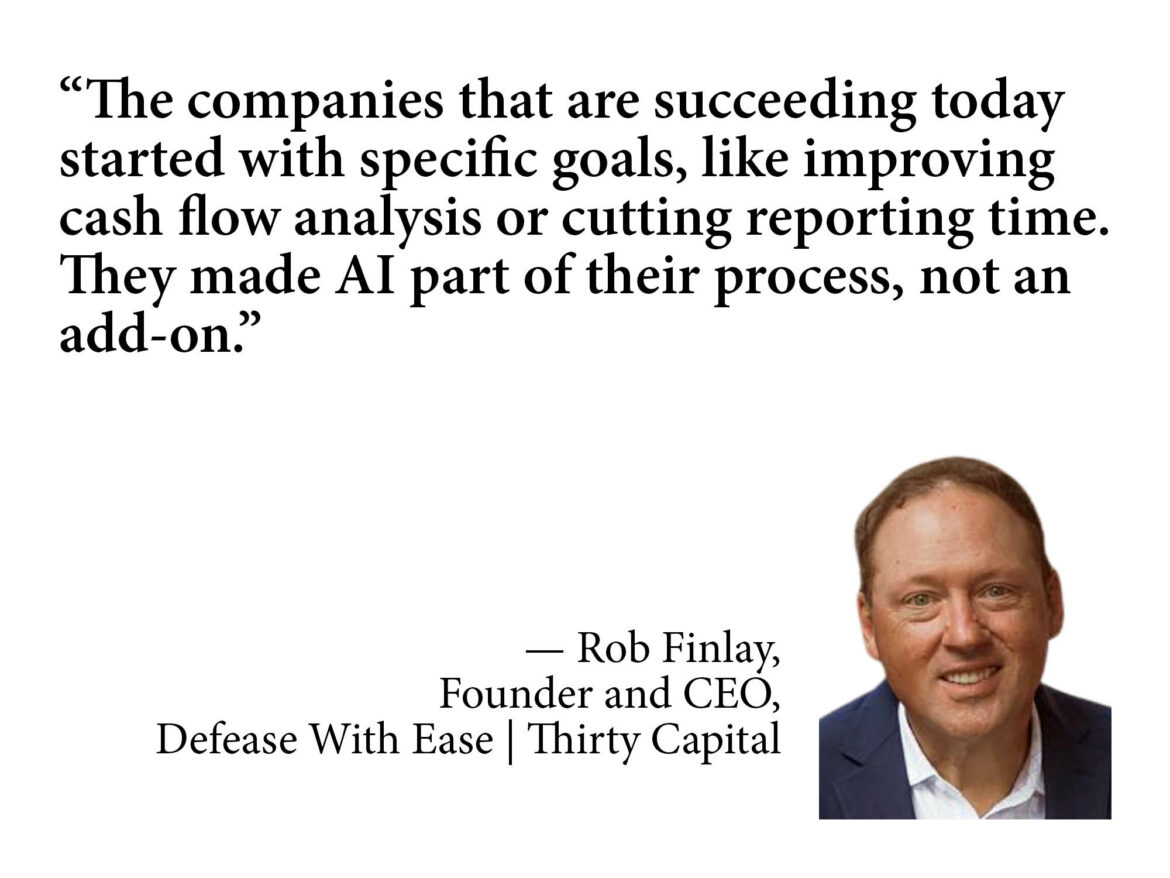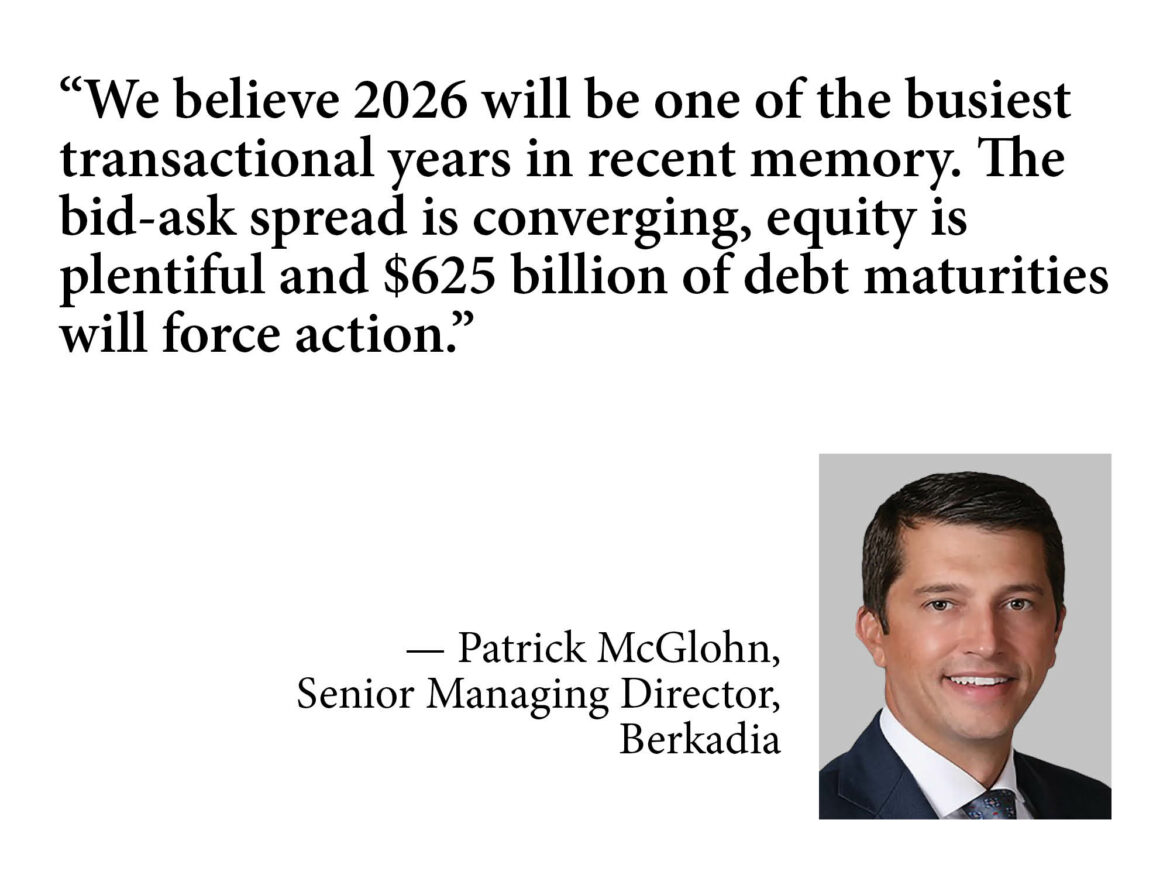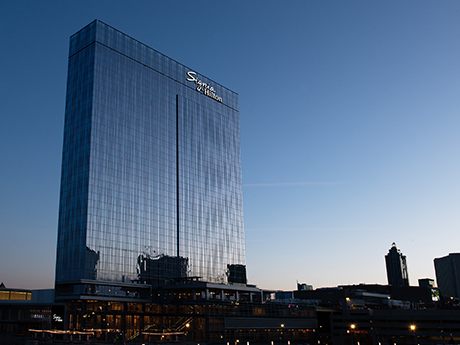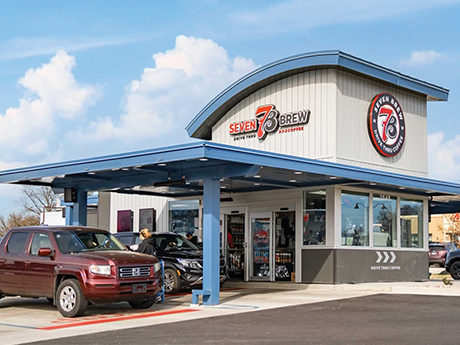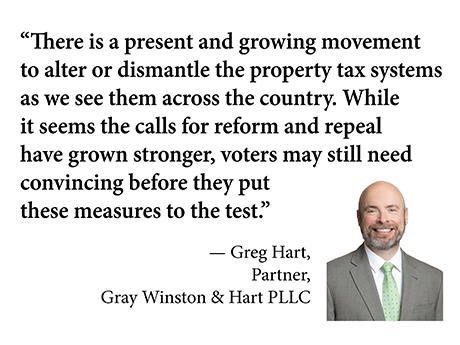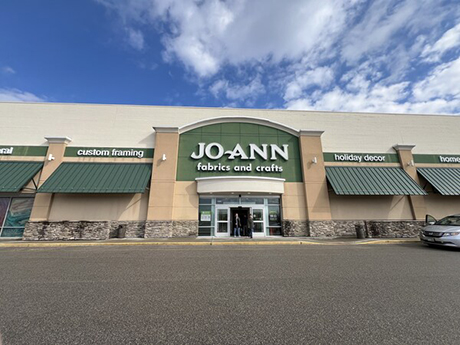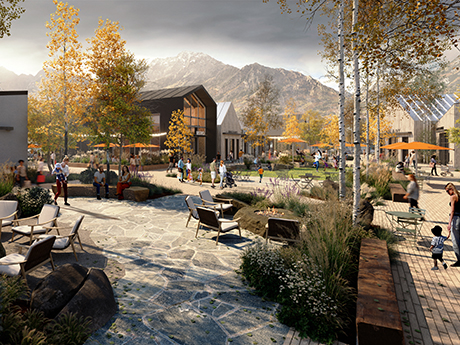The November 18 France Media webinar “From Hype to Readiness — How Commercial Real Estate Firms Are Preparing for AI,” hosted by France Media and sponsored by Defease With Ease | Thirty Capital, offered a look at the realities of artificial intelligence (AI) within the industry. What can a year of AI use in commercial real estate tell us about implementation and tactics? Panelists touched on the limitations of general-purpose tools, as well as trending topics including safeguards, data privacy, accuracy and institutional control. For professionals engaged in commercial real estate, the session highlighted practical ways AI can elevate both day-to-day efficiency and organizational sophistication (especially if efforts are backed up by a unified library of proprietary portfolio data). Panelists discussed how purpose-built platforms can support underwriting, refinancing, internal reporting and ongoing asset optimization by using secure, updated data. The expert presenters gave concrete examples on how AI can act as an effort multiplier: it can strengthen accuracy, surface risks earlier and broaden the capabilities of team members. The included case study underscored real-world advantages, including improved reporting integrity, stronger oversight and better workflow automation. Register here to watch this brief webinar to gain helpful insights on integrating new technology …
Features
AcquisitionsFeaturesIndustrialLeasing ActivityLoansMidwestMultifamilyNortheastOfficeRetailSoutheastTexasVideoWebinarWestern
FeaturesHeartland Feature ArchiveNortheast Feature ArchiveSoutheast Feature ArchiveTexas & Oklahoma Feature ArchiveWestern Feature Archive
Forecast Survey: What’s Your Take on Commercial Real Estate in 2026?
by John Nelson
The editors of REBusinessOnline.com are conducting a brief online survey to gauge market conditions in 2026, and we welcome your participation. The survey should only take a few minutes to complete. Questions range from property sectors that you are most bullish on heading into 2026 to trends in deal volume to your outlook for interest rates. The results of our 15th annual survey will be compiled and published in the January issues of our regional magazines. Conducting these surveys is part of our mission at France Media to provide readers with indispensable information, and we couldn’t do it without your help. To participate in our broker/agent survey, click here. To participate in our developer/owner/manager survey, click here. To participate in our lender/financial intermediary survey, click here. (Note: Please remember to click on “done” to properly submit the survey.)
Commercial real estate is in the middle of one of its biggest transitions. For years, the challenge was finding data. Now, the challenge is knowing what to do with it. Artificial intelligence (AI) is starting to change that. The conversation has shifted from if we should be using AI to how we can use it in a way that actually improves business outcomes. REBusinessOnline recently spoke with Rob Finlay, founder and CEO of Defease With Ease | Thirty Capital, and Trevor Albarran, VP of product at Lobby AI, about how AI is changing decision-making in commercial real estate (CRE), what early adopters have learned and what leaders should be focusing on next. REBusinessOnline (REBO): What’s the biggest opportunity facing CRE executives today? Rob Finlay: It depends on the context, but right now, AI is the most powerful tool a real estate executive can have in their arsenal. AI finally gives principals — the people paid to think — the space to actually do that. When I started in real estate, I was paid to do. But as my role evolved, my value shifted to thinking — being strategic, motivating teams, and making high-level decisions. AI amplifies that ability. It takes …
Build-to-RentContent PartnerFeaturesIndustrialLoansMidwestMultifamilyNortheastRetailSelf-StorageSoutheastTexasWestern
Capital Returns as 2025 Signals a Market Reset
By Patrick McGlohn, senior managing director, Berkadia After two years of caution and recalibration, capital is flowing back into commercial real estate. The bid-ask gap between buyers and sellers is narrowing, underwriting assumptions are stabilizing and both equity and debt investors are once again finding common ground. At Berkadia, we’re seeing equity move from the sidelines to the playing field, selectively, but decisively. Equity’s Comeback: Selective, but Strong Private equity and institutional investors are increasingly re-entering the market, with activity strongest in the “Smile States,” stretching from Northern Virginia to the western states and extending into major cities like Chicago. Much of the capital is chasing value-add and opportunistic plays rather than core, stabilized assets. Over the past couple of years, many equity investors would only touch preferred equity because of valuation uncertainty, but now we’re seeing common equity return in a meaningful way. The change reflects both greater pricing clarity and a collective sense that the bottom of the market cycle has passed. Navigating the Wall of Maturities The looming wall of debt maturities remains a defining storyline for 2025 and beyond. Nearly $950 billion in commercial mortgages matured in 2025 — roughly 20 percent of all outstanding commercial …
Annual RevPAR for U.S. Hotel Sector Declines for First Time Since 2020, Says CoStar and Tourism Economics
by John Nelson
ARLINGTON, VA. — Revenue per available room (RevPAR) was revised downward in the final performance projections for the U.S. hospitality sector in 2025, according to the latest forecast from CoStar Group and Tourism Economics, an Oxford Economics company. RevPAR is projected to finish the year at a decline of 0.4 percent (or negative 40 basis points) compared to a year ago. This would result in the first total-year decline since 2020 and only the second since 2009, both of which were years with major macroeconomic disruptions with the COVID-19 pandemic and Great Financial Crisis, respectively. CoStar and Tourism Economics also lowered occupancy projections to end the year at 62.3 percent, a decline from 63.1 percent at year-end 2024, while average daily rate (ADR) was held steady at +0.8 percent for the year. For 2026, occupancy is projected to decline by another 30 basis points, while ADR and RevPAR are projected to trend positive by 90 and 50 basis points, respectively (see chart). “We expect little change in the macroeconomic environment as unemployment and prices continue to rise,” says Amanda Hite, president of STR, a hospitality research firm owned by CoStar. “As a result, our hotel performance outlook for the remainder of …
By Casey Smallwood of SRS Real Estate Partners The quick-service restaurant (QSR) industry is reshaping retail real estate by capitalizing on the “15-minute city” trend — a movement where people can access essentials within a short walk, bike ride or delivery window from home. This shift, fueled by evolving consumer behavior, urban densification and the rise of digital ordering, is pushing QSRs to prioritize hyper-local presence over traditional highway or regional ‘hubs. The result is a transformation in both real estate development and the metrics that define success in the foodservice sector. Embedding into daily life Hyper-localization is about placing restaurants within the flow of everyday life — close to where people live, work and socialize. Rather than clustering around big-box retail or commuter corridors, many brands now target neighborhood locations near apartment clusters, schools and small mixed-use developments. 7 Brew Coffee, a drive-thru-only brand, exemplifies this model. Its small footprint and fast service make it ideal for small lots and secondary intersection spots once overlooked by national tenants. These locations are now thriving due to residential growth and proximity to commuter paths. With minimal barriers to entry and an emphasis on quick-service, 7 Brew is establishing a strong local …
By Greg Hart, partner, Gray Winston & Hart PLLC The property tax system in the United States, which traces its roots to colonial America, has long been the life blood of local government finance. Used to fund schools, infrastructure and vital municipal services, it is also a system fraught with controversy and mounting calls for reform. Over the past decade, as assessments rose and local governments grappled with budgetary needs, a perfect storm has slowly but steadily been brewing. Rising home values, stagnant wages and shifting demographics have combined to disproportionately increase property tax bills for many families and small businesses. In many large metropolitan areas, annual increases have outpaced inflation. For commercial property owners, whose collective burden grows as communities cap valuations or otherwise shield segments of the residential tax base, many assessments still reflect bygone notions of revenue potential from properties that now struggle with obsolescence. As a result, the property tax burden on commercial and residential property owners alike continues to grow. Advocacy groups often decry examples of individuals forced to sell their homes due to unaffordable taxes and are calling for meaningful property tax reform. Taxation is a delicate balancing act, however. Each state is tasked …
By Felicia Santiago, architect, Gensler As artificial intelligence (AI) technologies evolve and scale, digital infrastructure must follow suit. While advocating for historic buildings to find new life via preservation as data centers is understandable, not every structure is well-suited for this type of repurposing. But this shouldn’t stop developers from overlooking two big opportunities for data center construction plays: revitalizing existing vacant properties as data centers and re-tooling legacy data centers for today’s AI needs. The beauty of adaptive reuse is that it theoretically preserves the existing fabric of community while incorporating modern infrastructure where it is needed — within the fabric of the community. Another opportunity to repurpose existing facilities into modern data centers involves potentially bypassing regulatory items that cause challenges and delays, such as rezoning, since these data centers would be grandfathered into that use. Legacy data centers — once the backbone of enterprise computing — are increasingly outdated and unable to support the energy intensity, cooling demands and density required by AI infrastructure. Rather than defaulting to new construction, there’s an urgent opportunity to recycle existing buildings. The sustainability practices of repurposed buildings should not be overlooked as the need for data centers continues to grow. …
By Doug Greenspan, A&G Real Estate Partners The old playbook of waiting to address leases in bankruptcy is over. In today’s environment, where chainwide liquidation is becoming an increasingly common outcome, landlords cannot afford to be passive. It is crucial to proactively engage with tenants, understand their financial health, and be prepared to negotiate and adapt lease terms to help them avoid bankruptcy court. Consider what has happened in American retailing since the pandemic. While some sectors thrived during the initial COVID-19 lockdowns and the subsequent release of pent-up demand, a troubling number of companies experienced a transient spike in sales fueled by government stimulus, only to see those gains evaporate. This left them in a precarious position in which they were unable to find their footing in the changed economic landscape. Conn’s, known for its Conn’s Home Plus banner, is one example. This publicly traded retailer saw an initial boost as temporarily cash-flush consumers invested in home goods and electronics. Sales soared, but then began declining in the fourth quarter of 2022. Management remained optimistic about a recovery of those prior volumes. However, as the stimulus faded and the broader economic environment began to be characterized by rising interest …
Retail spaces have changed dramatically over the past decade. Enclosed environments, once leading the trend in the industry, have been traded for open-air environments. Many properties that were once solely occupied by retail tenants now have multiple uses, including entertainment, office, multifamily and hotel. In a time when it’s tough to develop, smaller, convenience-oriented projects are dominant, with the redevelopment of regional properties a close second. Finding new life in old real estate is the mantra of today. Retail environments have the future in mind when considering design. E-commerce is integrated into all things retail, and technology has to be considered in new designs. Because physical retail is now viewed as an ever-changing environment by tenants and owners, the flexibility of any new space is incredibly important. What’s being designed today may not be the use in a few years. Also of utmost importance to consumers is placemaking — consumers crave a reason to enter a physical space. They need to feel invited, welcome and intrigued at the same time. REBusinessOnline recently spoke to a number of retail architects and designers to understand what creating a successful retail environment looks like in the mid-2020s. Incorporating E-Commerce While e-commerce hasn’t been a threat to …
Newer Posts




